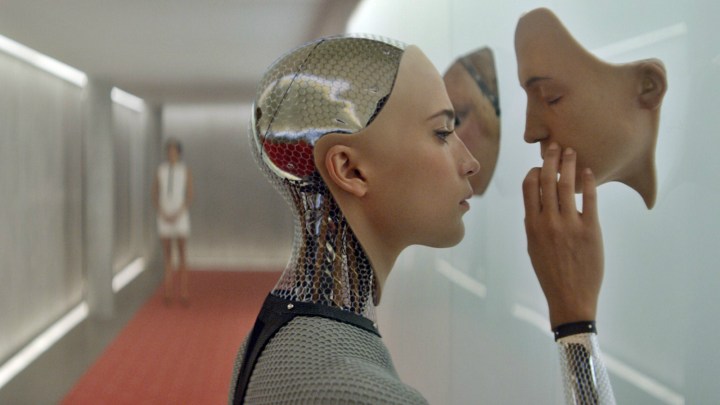
“Humanoid robots have the potential to closely mimic both the structure and the movements of the patient’s body.”
Pierre-Alexis Mouthuy and Andrew Carr didn’t at first intend to delve into robotics. They’re biomedical researchers, concerned with interactions between tissue and bone. But, while studying strategies to repair tendon injuries through tissue engineering, the pair realized they’d need to test their lab-grown tissues in dynamic environments that simulate what it’d be like to be stretched, pulled, and contracted by the human body.
“The current bioreactor systems offered for that are still in their infancy and are relatively expensive,” Mouthuy told Digital Trends. “Therefore we have decided to look into designing our own bioreactor systems to solve this problem.”
In a review published this month in the journal Science Robotics, Mouthuy and Carr explore a the concept of growing human transplant tissue on “humanoid bioreactors.”

“We have always been well aware of the technological developments that are being made in robotics, and in particular in musculoskeletal humanoid research,” Mouthuy said. “Musculoskeletal humanoids, which mimic the human body’s skeletal structure, are rapidly becoming better at mimicking natural body movements. We thought that investigating whether or not these robots could support the growth of tendons and other musculoskeletal tissues was now becoming both technically possible and scientifically relevant.”
The purpose isn’t necessarily to start some sort of cyberpunk revolution
Tissue tears and, the older we get, the more fragile our bodies become. Failures in tendons, ligaments, and bones can cripple patients and cause burdens to society. But it doesn’t have to be that way. Just as researchers have created sophisticated ways to replace teeth, hair, and even limbs, scientists are working on better ways to engineer tissue grafts. In 2013, scientists at the University of Pittsburgh School of Medicine grew human heart tissue that could beat on its own. Last, year scientists from the RIKEN Center for Developmental Biology (CDB) in Japan reprogrammed cells to grow as complex skin tissue, hair follicles and all.
Current tissue engineering techniques require a controlled environment within what’s known as a bioreactor, which sustains conditions needed for cells to live outside the body and stimulates those cells to develop as desired. However, as Mouthuy and Carr point out in their review, the chemical and mechanical stimuli provided by current bioreactors don’t do enough to replicate the dynamic stresses of the body – all the stretching, pulling, and contracting that your skin experiences as your move.

In order to grow clinically relevant grafts, the researchers say future bioreactors will need to push and pull tissues in multiple directions, adapt stresses depending on where the tissue will be implanted into the body, and be able to grow tissue to scale. “In this context, humanoid musculoskeletal robots become very relevant as they have the potential to closely mimic both the structure and the movements of the patient’s body,” Mouthuy said.
The researchers point to a few humanoid robots — such as Kenshiro and Eccerbot — for ideas of how these bioreactors may take shape.
The purpose of the article wasn’t necessarily to start some sort of cyberpunk revolution — although, we say, Viva la révolucion! Rather, Mouthuy said he and Carr wanted spark discussion and collaboration between roboticists and regenerative medical experts.
Moving forward, the team will need to conduct a proof of concept. “We are currently designing small bioreactor prototypes that could be used in combination with musculoskeletal robots,” Mouthuy said. “We hope to be able to test these in the near future.”
Editors' Recommendations
- Finishing touch: How scientists are giving robots humanlike tactile senses
- Boston Dynamics’ remarkable robot dog has landed its first gig
- Startup founded by ex-Navy SEALs is building underwater robots to map the ocean
- Want a robotic tail? Well, Japanese scientists built one for you anyway
- Like the real thing, this robot ant colony is more than the sum of its parts


